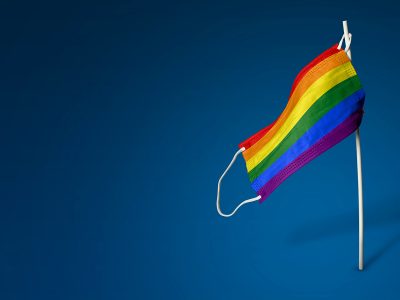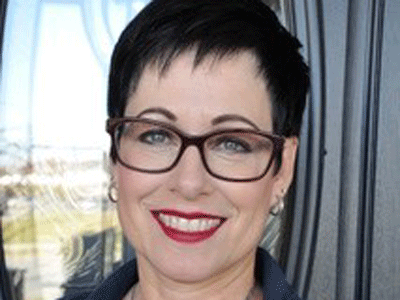By Tyrone Burke
Photos by Chris Roussakis
Halloween is a time for monsters, and this year more than most. It’s been 200 years since Mary Shelley created one of the greatest of them all: Dr. Frankenstein’s monster.
Carleton is celebrating Shelley’s creation with an interdisciplinary conference at Carleton’s Dominion-Chalmers Centre from Oct. 31 to Nov. 2, 2019 and the public is welcome.
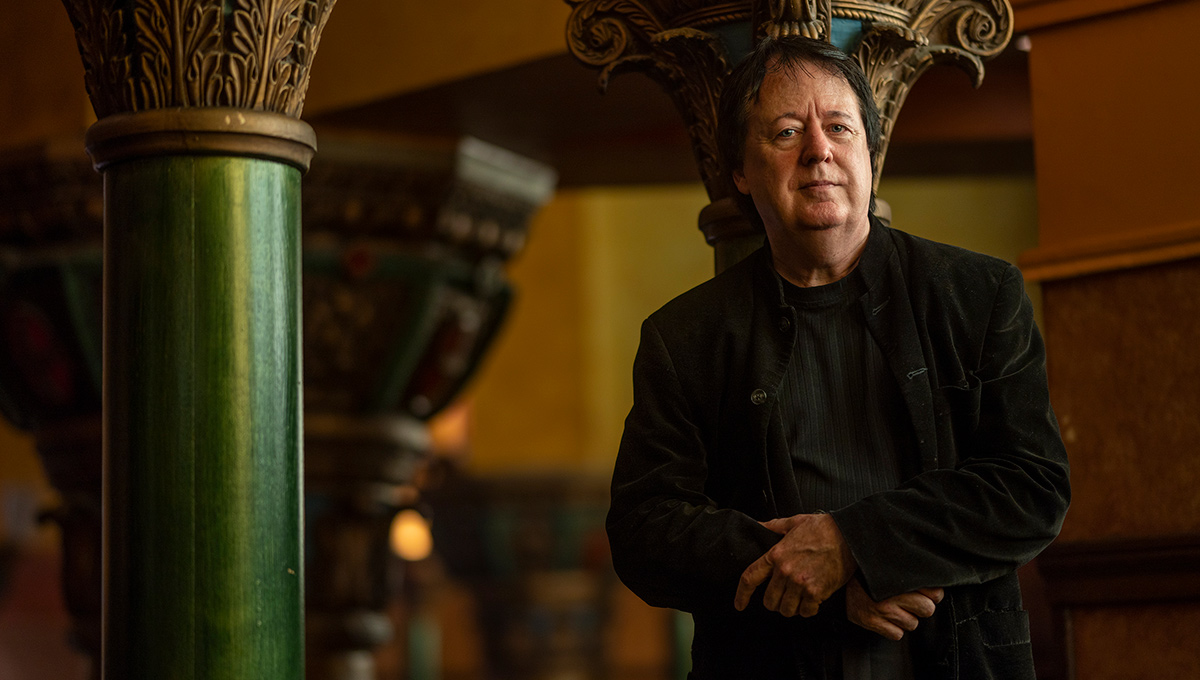
Prof. James Wright
“We wanted to look at what this classic gothic tale has to teach us today, 200 years later,” says James Wright, a Carleton music professor who is co-chairing the conference with colleagues Alexis Luko and James Deaville.
“The Frankenstein story reaches into so many domains. It’s one of the original gothic novels, and it contributed to launching an entire art movement. Obviously it influenced literature, but the gothic has also had an enormous impact on film, music and architecture.”
The conference kicks off Oct. 31 at 6:30 p.m., with a lecture on the evolving meaning of Gothic architecture by Art History Prof. Peter Coffman, followed that evening and the next by a performance of Andrew Ager’s Frankenstein: the Opera with Toronto-based baritone Constantine Meglis in the role of the monster.

Frankenstein’s Message Resonates Through the Ages
Many of Frankenstein’s key themes continue to resonate in the 21st century.
“The monster of Mary Shelley’s Frankenstein is a great example of a character who is both feared and loved, monstrous and civilized,” says Luko.
“His transformation is complex.”
Scholars from Canada, Greece, the United Kingdom and the United States will examine the novel’s impact and implications from diverse perspectives. In Friday’s keynote lecture, Kevin Donnelly of the University of Southampton will explore the aesthetic of psychology in screen Frankensteins, while Saturday’s keynote by Marie Mulvey-Roberts of the University of the West of England will shine a spotlight on sexuality and place in Frankenstein.
The conference will explore many other angles.
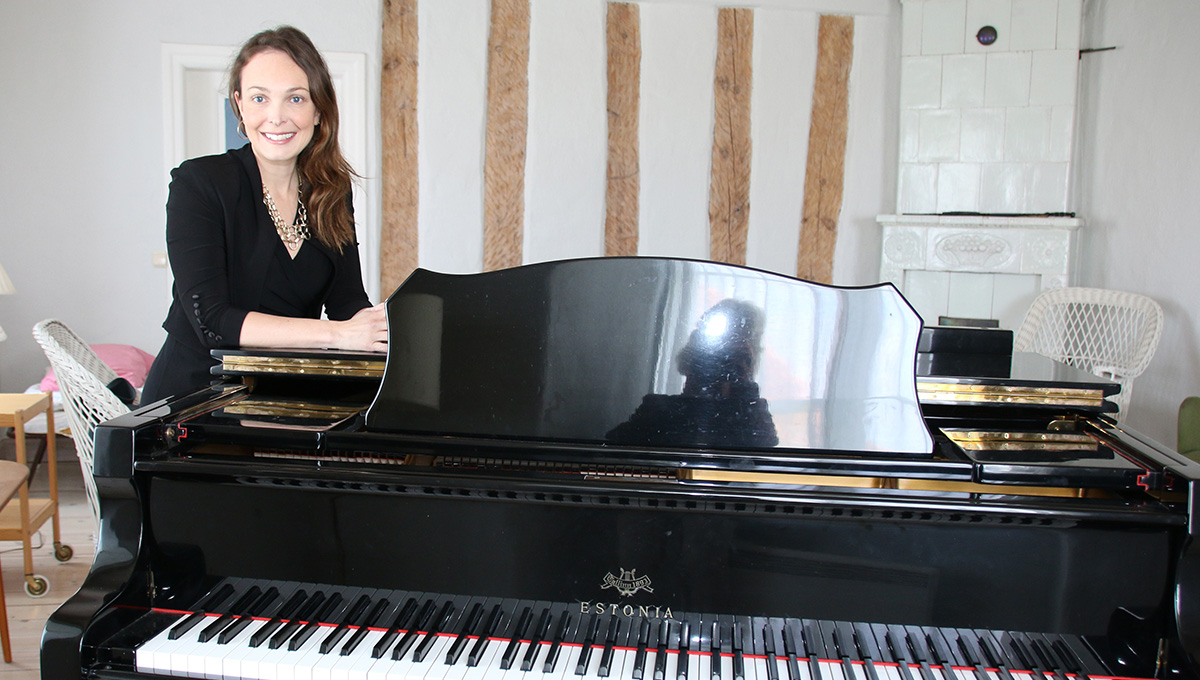
Prof. Alexis Luko
“It is a text that many people have read or are familiar with from films,” says Deaville.
“As Mary Shelley wrote it, it provides material for thought about artificial intelligence, automations, robots and cyborgs. It raises questions about life, humanity and disability – about bodies that function differently.”
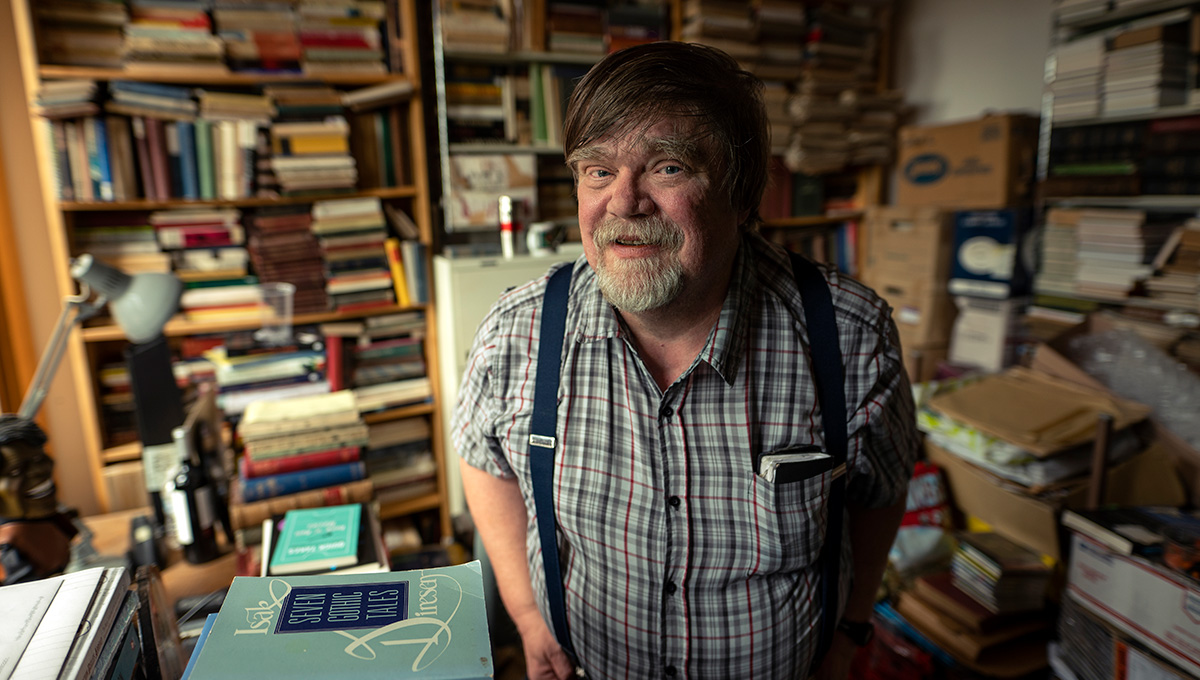
Exploring Synesthesia, Mirrored Identities and More
One surprising type of difference represented in the novel relates to a form of neurodiversity known as synesthesia, in which sensory stimuli are perceived by several senses at once. There are many forms of synesthesia. Some synesthetes experience notes of music as visual colours, others can feel spoken words as touch.
“I was delighted to find that the first-person experiences of Dr. Frankenstein’s monster seem to correlate with a neonatal hypothesis about the origins of synesthesia,” says River Doucette, a recent graduate of Carleton’s Master of Arts in Music and Culture program who will present a paper at the event.
“One theory, developed in the 1980s, posits that the senses of infants are fused together at birth. As people get older, around the ages of six to nine, their senses typically become more distinct from one another, until they only hear specific sounds as opposed to seeing them or tasting them.”
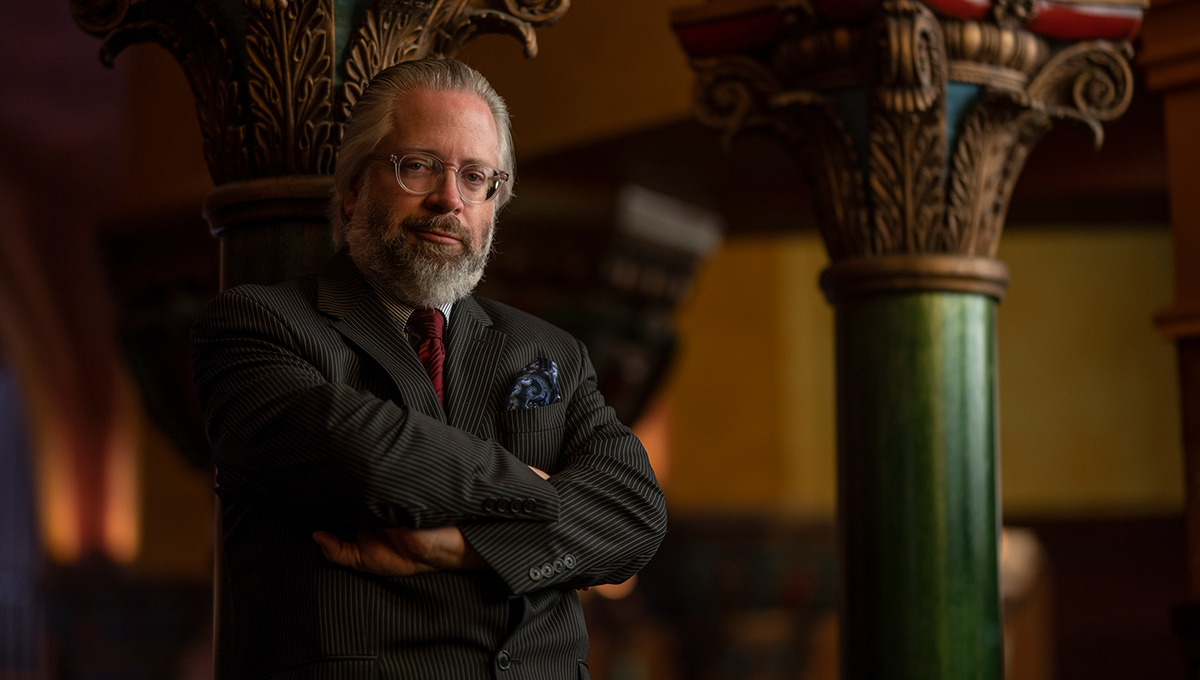
Composer Andrew Ager
Mary Shelley’s Frankenstein explores a similar idea in a conversation between Dr. Frankenstein and his monster. Asked to reflect on his coming into the world, Dr. Frankenstein’s monster recalls having to learn to distinguish between his senses. In the early days after he’d been created, he had seen, smelled and heard all at once.
Synesthesia was not well-known in the 19th century, and Doucette’s presentation will also explore how that’s changed.
“With shifts in contemporary society, we have seen a lot more research on synesthesia,” she says.
“I’ve also seen it in media representations of individuals with superpowers, especially in film and TV. It’s interesting to explore the idea of mirrored identities captured in these representations. I’m also looking into cases where children are being institutionalized when synesthesia is misdiagnosed as psychosis, or when other instances of neurodiversity continue to be understood as deviance.”
Thursday, October 24, 2019 in Faculty of Arts and Social Sciences
Share: Twitter, Facebook
